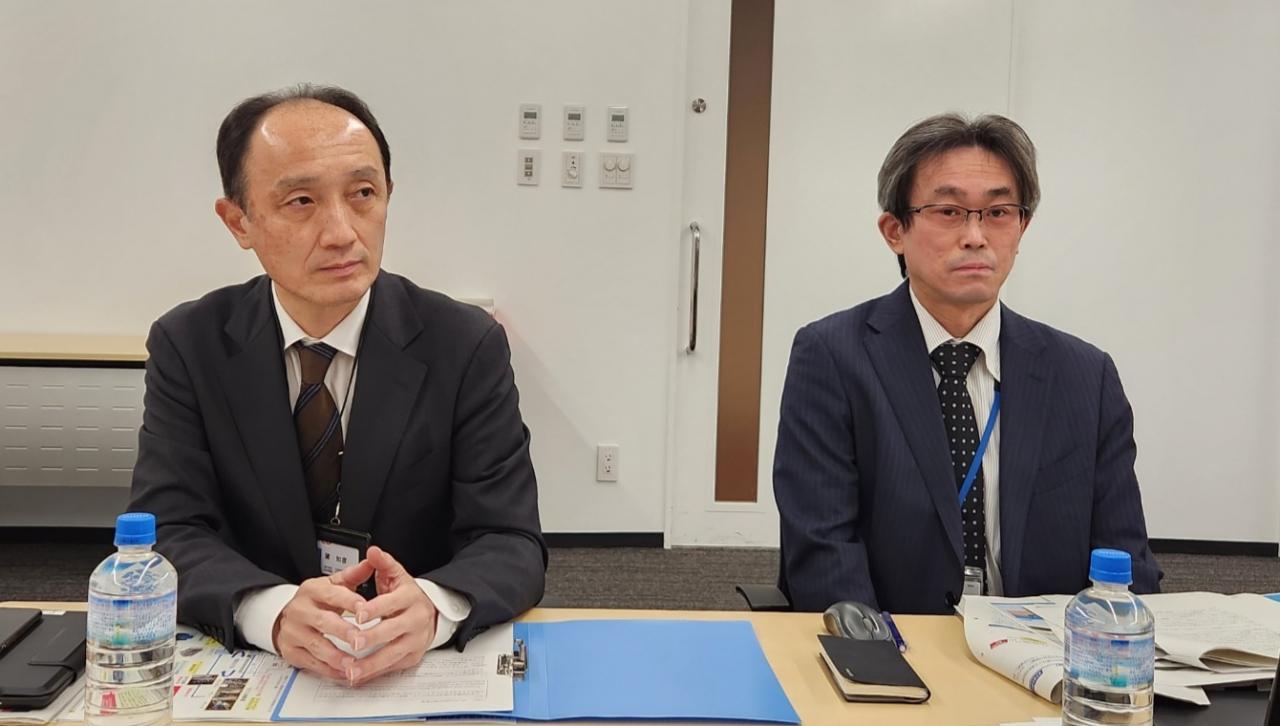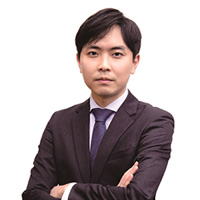Japan: Stop calling Fukushima water ‘contaminated’
Wastewater from nuclear plant safe after treatment, Tepco says
By Choi Si-youngPublished : Dec. 17, 2023 - 17:44

TOKYO -- Tokyo Electric Power Co. wants South Korea to stop calling the wastewater released from the damaged Fukushima nuclear power plant “contaminated” because the water has been treated.
“The two terms -- treated and contaminated -- should be used accordingly,” Tomohiko Mayuzumi, a spokesperson for the power company operating the plant, told reporters in Tokyo on Dec. 1. “It’s treated if the water has gone through the Advanced Liquid Processing System and it’s contaminated if it hasn’t.”
The official was referring to a filtration process that removes most of the radioactive elements, except for tritium, in roughly 130 cubic meters of water a day. This step is instrumental in decommissioning the plant that suffered triple meltdowns following the 2011 earthquake and tsunami.
While the Japanese government wants to discharge all the stored wastewater and shut down the plant by 2051, skeptics have called the goal overly ambitious, citing the “excessive” volume of discharges planned.
Unlike China, South Korea has yet to openly challenge the release, which began in August. Still, Seoul calls the Pacific Ocean discharge “contaminated.”
Some in South Korea have called for using “treated” to describe the wastewater, pointing to Japan’s claims that the radiation levels in the released water are sufficiently low. The Korean government for now seems reluctant to back the shift.
“Every radioactive element except for tritium is removed until the safety levels are met,” Mayuzumi said, adding that tritium is also diluted with sea water to similar safety levels. Countries including Korea have been releasing tritium in line with their own safety levels, Mayuzumi noted.
Most nuclear power plants discharge into oceans small amounts of tritium, including other radioactive elements. Tepco plans to release water with a concentration of less than 1,500 becquerels per liter of tritium. Korea and the US have each set the ceiling at 40,000 and 37,000 Bq. The World Health Organization has a limit of 10,000 Bq for drinking water.
According to the Japanese government, Tepco is planning an annual release of 22 trillion Bq of tritium, below similar discharge levels in France, China and Korea.
Mayuzumi said a fourth release is planned for next year. Japan has said the concentration of tritium, from the three discharges since August, has been “well below” government guidelines as well as those of the WHO. And Tepco since 2021 has been openly looking to procure technologies that completely filter tritium, according to Mayuzumi.
Meanwhile, a senior official at Japan’s Foreign Ministry said data on the releases will be “shared quickly” with Korean authorities as requested.
“Japan and the Japanese people will be affected most by the discharges. The Japanese government won’t do something that hurts its people,” the official said.
Referring to the July approval of the release plans by the International Atomic Energy Agency, the UN nuclear watchdog, the official singled out China -- one of the most vocal critics of the discharge. Beijing slapped a blanket ban on seafood imports from Japan following the August release over safety worries. Tokyo says the ban is groundless.
Beijing and Tokyo would “coordinate expert-level discussions on the matter,” the official added, without directly addressing whether Japan would allow Chinese inspectors to run an independent survey of the radioactive wastewater.
In October, two workers cleaning up the ALPS at the plant site were exposed to a small amount of radiation. Tepco spokesperson Mayuzumi said noncompliance with protocols on safety checks led to the “accident,” adding the two workers are “healthy.”
But in early December, another worker dismantling one of the damaged reactors was again exposed to radiation. The radiation levels did not pose an immediate health risk, according to Tepco.
This article was written in partnership with the Joint Press Corps.



















